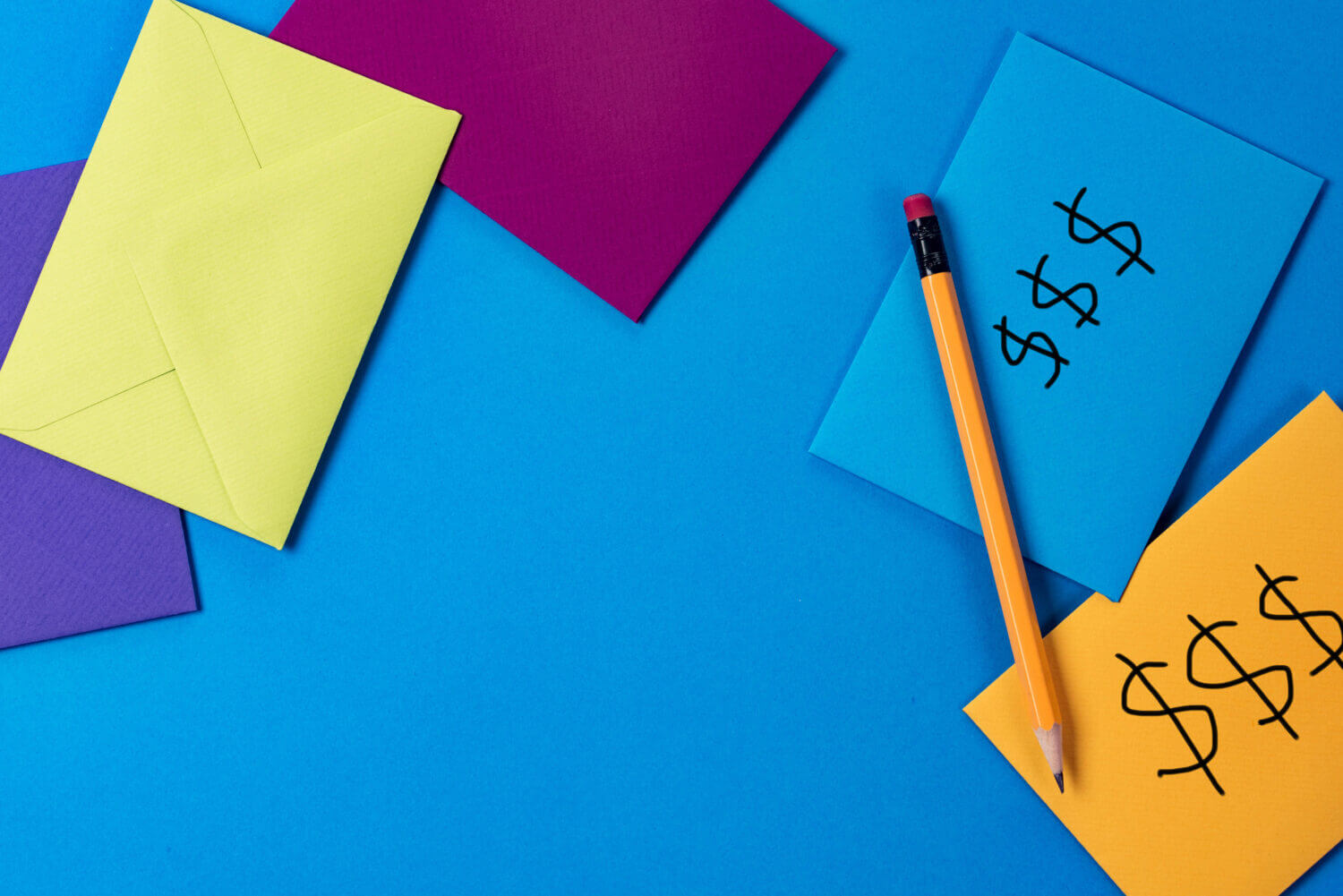Envelope budgeting 2.0: How this system works
How one couple uses a mixture of actual envelopes and digital pockets to manage household finances
Advertisement
How one couple uses a mixture of actual envelopes and digital pockets to manage household finances

READ: 5 books that will transform how you think about moneyA big part of being weird that Dave promotes is using the envelope system. The envelope system is definitely weird. It’s old school. I can remember my parents having envelopes stuffed with cash tucked into our kitchen cupboard to be used to buy groceries, put gas in the car, and to pay for our clothes. My parents would budget each month how much needed to go into each envelope. When it was gone, it was gone.
MORE: 3 of the dumbest things I’ve done with moneyAll banks will let you set up multiple accounts under your name. It’s not uncommon for people to have a checking and a savings account. This is no different except that you’ll want to set up separate savings accounts for each of your digital envelopes. Beware: The bank will almost certainly think you’re crazy when you open 10 different savings accounts. Wear this like a badge of honor. Remember, you ARE weird, and normal is broke.
MORE: How this couple spent $5,000 in one weekI actually love having these conversations with the bank employees, and explaining to them why we use the envelope system. It’s awesome to be able to share how it has helped our family experience so much freedom with our money and to hopefully encourage them to stoke their inner weirdness. On more than one occasion I’ve had them remark that they thought it was pretty cool and that they should probably start doing something similar. As for the money in the digital envelopes, I’m able to transfer it to our different accounts with much less human interaction. In our line of work, teaching, our pay is deposited into our chequing account once a month. I then use my bank’s app to transfer money to all of our digital envelopes on my phone. As I transfer, we also track the money on EveryDollar. The whole exercise takes less than five minutes.
READ: Reading “The Wealthy Barber” won’t fix my money problemsEvery few weeks, I’ll sit down to pay our bills and organize the receipts. When I come across the one for the car repair, if it was a debit purchase I’ll transfer the funds from the car maintenance account to the general chequing account. If something was purchased on a credit card, I wait until the bill comes in. Then my wife and I sit down and determine which accounts to transfer money from to pay the bill. Once all the money has been transferred into our chequing account, we pay the bill. It’s easy. Painless. Convenient. And quick. It also prevents us from overspending.
Share this article Share on Facebook Share on Twitter Share on Linkedin Share on Reddit Share on Email